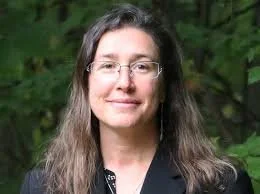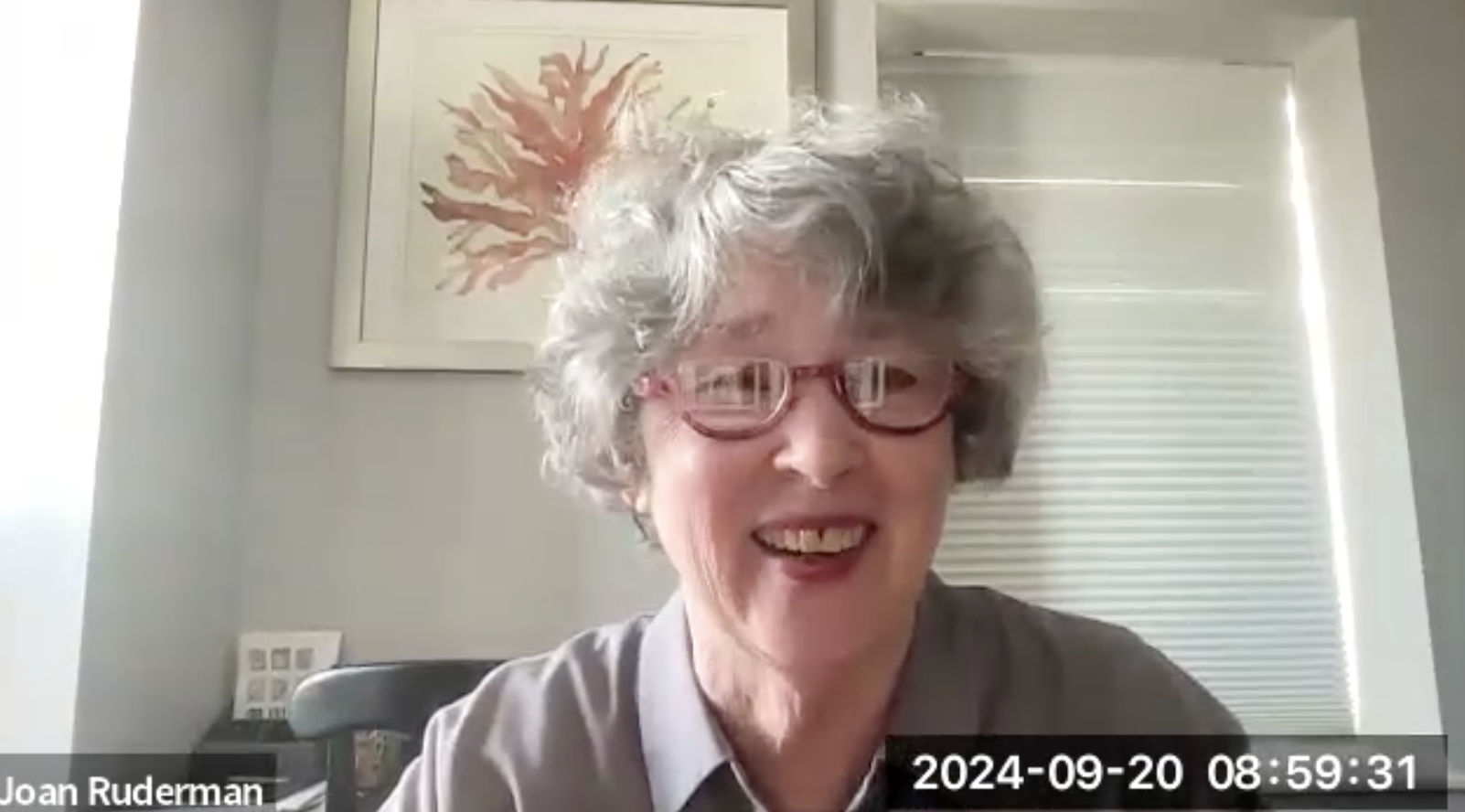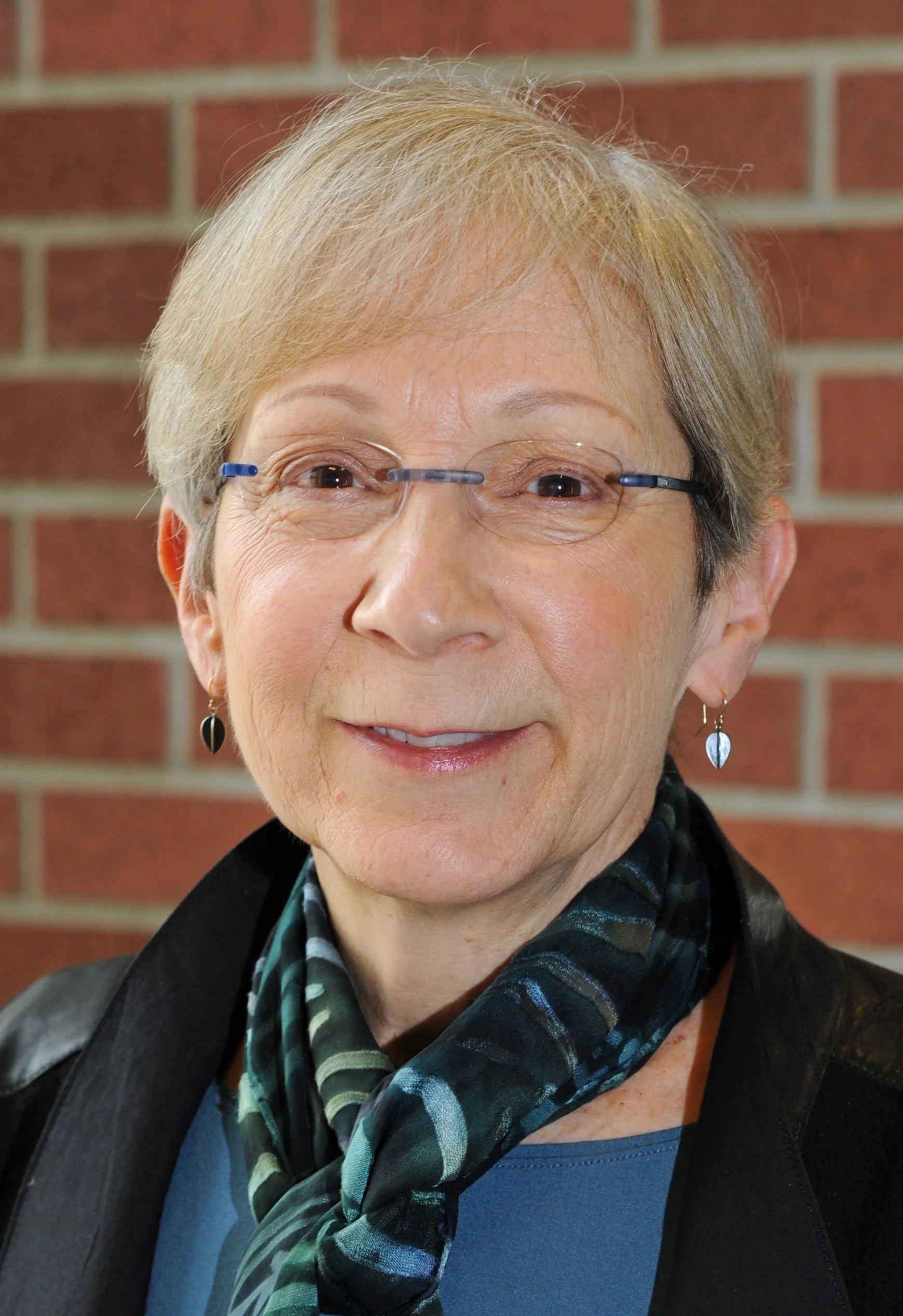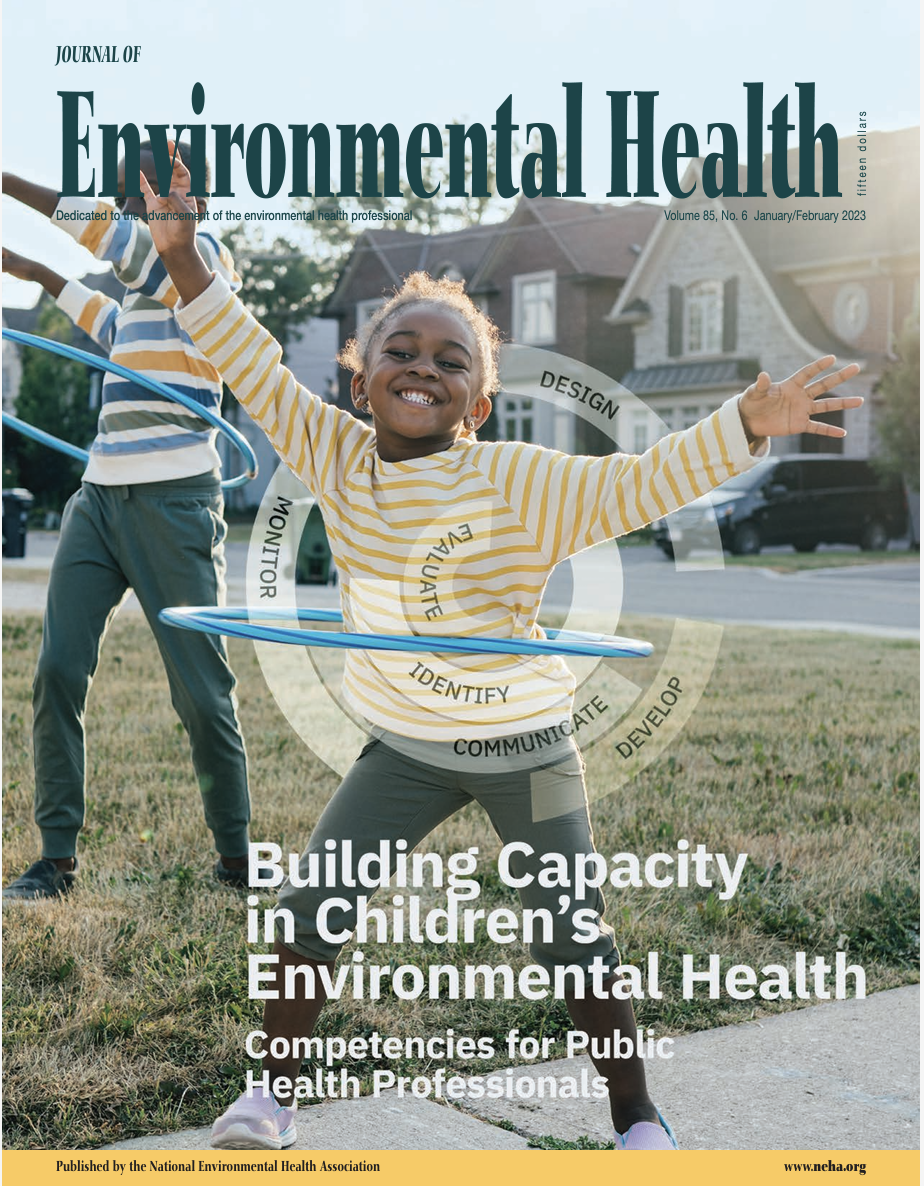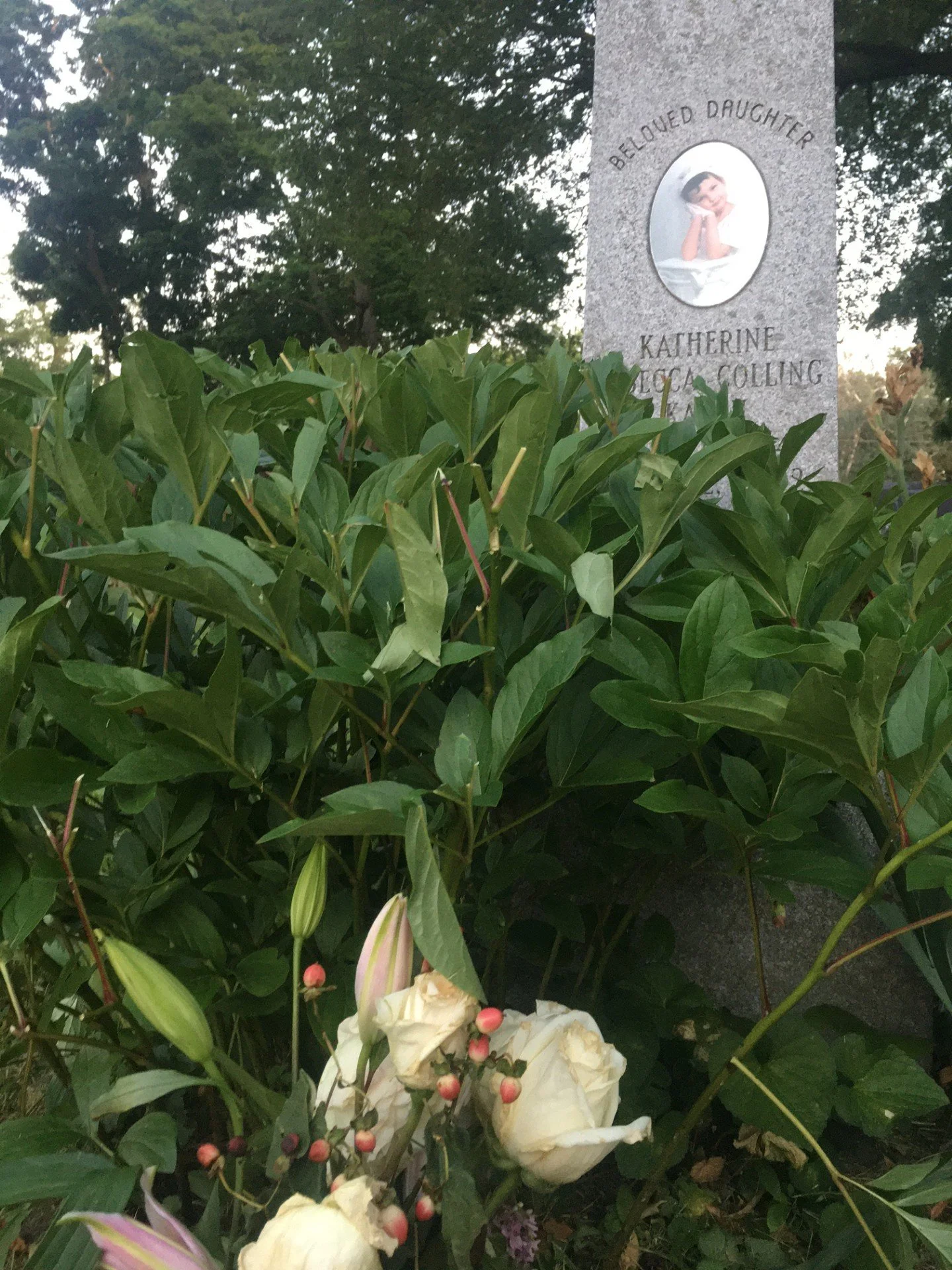This week, my Public Health Policy class asked us to debate a thesis about whether or not government should play a role in regulating behaviors that cause increases in death and disease. In the past, this kind of question might have seemed too obvious for debate; now such basic questions have gained in urgency and poignancy, as we face the destruction of even the most basic protections offered by the EPA.
The state absolutely has a legitimate role “in modifying, discouraging, burdening or even prohibiting behaviours that increase both morbidity and mortality.” I will leave aside such behaviors as truly affect only the individual, like, perhaps, obesity, even though the case could be made, on the basis of increased health care costs for all alone, that this too should be discouraged, perhaps by taxes on unhealthy food. But many of the behaviors that people feel entitled to engage in that increase morbidity and mortality do so by directly causing illness and death in other people. The famous dictum is that my right to swing my arms ends just where the other man’s nose begins. Well what about the chemical plume put out by industry, or the mercury and particulates emitted by coal-burning power plants, or the chlorpyrifos sprayed for mosquitoes on some summer night, without notifying or seeking permission from residents: where do those stop? I will tell you. They don’t stop. They end up contaminating every human being on the face of the earth to one extent or another, including Inuit with low-impact lifestyles whose breastmilk is among the most toxic on Earth because of their consumption of marine mammals; including people who live in the most remote reaches of southeast Asia, who burn Western electronics in open burn pits; including every single infant ever born now, and all those born for the foreseeable future (CDC 2009). We are all contaminated with hundreds of carcinogenic, mutagenic, and neurotoxic chemicals, and those are just the ones we know to test for (CDC 2009). The vast majority of the 80,000+ synthetic chemicals in production today in the U.S. have never been tested for safety, not even in the short-term, single-substance animal trials that pass for testing now. And this is the state of things WITH an EPA. People tend not to notice those things done to protect them. That is the nature of Public Health. Very few take the time to thank those researchers of past decades who decreased morbidity and mortality and saved their children by developing vaccines and antibiotics and sanitation and other public health measures -- because they cannot know with certainty that it was their children who would have been saved. People forget that air and water are visibly and substantially cleaner than before the Clean Air and Water Acts of the 70s. People also tend not to notice a vast excess of morbidity and mortality when the link between cause and effect is obscured, by time, distance, or the deliberate efforts of an industry protecting selfish economic interests. But that is the case now with the increase in cancer, autism, ADHD, lower IQs, and higher rates of birth defects, auto-immune disease, diabetes, and obesity (PANNA 2016; AAP 2012; PCP 2010). All of these are linked to indiscriminate use of environmental chemicals. So yes, I would say it is one of the chief purposes and duties of the government to regulate such behaviors—because they have imperiled some and deprived others of their essential right to life, liberty, and the pursuit of happiness. As Rachel Carson wrote more than 50 years ago, “If the Bill of Rights contains no guarantee that a citizen shall be secure against lethal poisons distributed either by private individuals or by public officials, it is surely only because our forefathers, despite their considerable wisdom and foresight, could conceive of no such problem (Carson 1962, pp. 12-13). If only we had heeded her warnings, Katherine might now have been alive.
References
American Academy of Pediatrics (AAP). (2012). Statement on pesticides. Pediatrics 130 (6). Retrieved from http://pediatrics.aappublications.org/content/130/6/e1757
Carson, R. (1962). Silent spring. Boston: Houghton Mifflin.
Pesticide Action Network North America (PANNA). (2016). Kids on the frontline: How pesticides are undermining the health of rural children. Retrieved from https://www.panna.org/sites/default/files/KOF-report-final.pdf
President’s Cancer Panel (PCP). (2010). Reducing environmental cancer risk: What we can do now. U.S. Department of Health and Human Services. Retrieved from http://deainfo.nci.nih.gov/advisory/pcp/annualReports/pcp08-09rpt/PCP_Report_08-09_508.pdf



